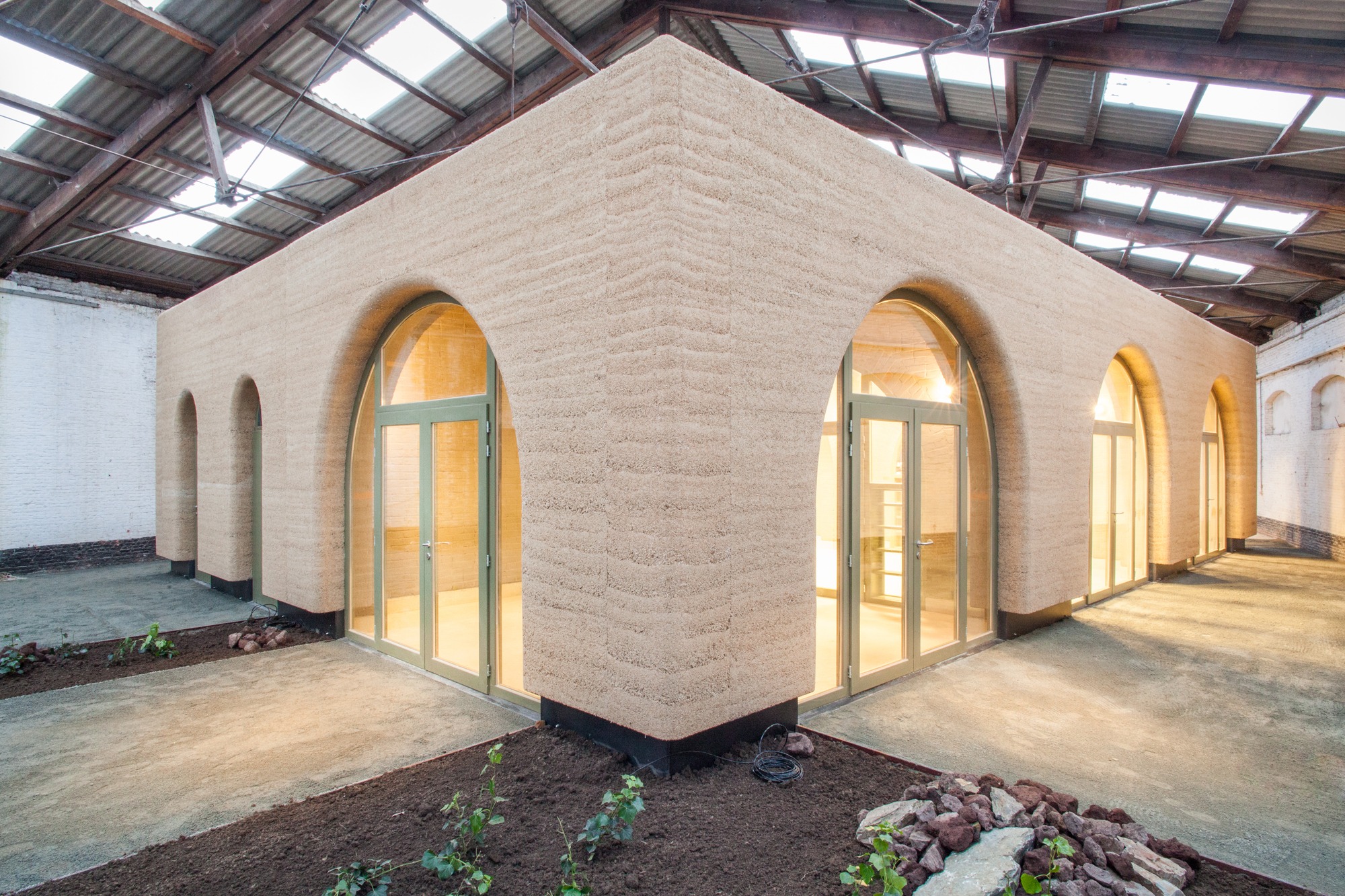
How hemp concrete is building the future
Earlier this year, Croissy-Beaubourg France inaugurated the Pierre Chevet Sports Center, a multi-purpose sports facility. The facility is 4,000 square meters and made of hemp concrete. It is also the first public building in France to be built with cannabis in concrete (hempcrete).
Although hemp concrete is not yet a common material, the concept of this building material is not new. In fact, hemp concrete has a history going back thousands of years. Nonetheless, cannabis in concrete is gradually gaining attention due to global efforts to reduce CO2 emissions.
Hemp mortar stone Merovingian Bridge from the 6th century, Saint Ceneri le Gerei
Buildings cause almost 40 percent of global CO2 emissions each year, while building materials and structures contribute 11 percent more each year. As the climate crisis becomes more urgent, many construction companies have announced their commitment to reduce their carbon footprint. The sustainability of hemp concrete is a key reason why architects and manufacturers rely on natural materials such as hemp. Hemp binds carbon instead of giving it off.
Hemp, a cannabis sativa variety that contains no more than 0.3 percent THC, is a renewable resource. A hemp plant does not require pesticide treatment and can grow up to 13 feet in a few months. Hemp cultivates within 90-120 days and therefore harvests several times a year.
Hemp concrete is simply a mixture of hemp, water and lime. It can weigh about an eighth of normal concrete. Hemp concrete is more expensive than normal concrete, but it can minimize noise transmission and is fire-resistant. In addition, hemp can also let moisture through, eliminating the risk of mold or pests.
The biggest challenge with hemp concrete is that it has not proven practical on large construction projects. And right now it’s still more expensive than conventional concrete. Although hemp concrete can save energy in the long run due to its insulating properties.
As companies and manufacturers look for a sustainable alternative material, hemp could be that untapped reservoir. In 2019, Canada’s hemp exports grossed more than $ 110 million. And by 2030, hemp could become a billion-dollar industry.
You can do a lot with hemp concrete. You can make stones out of this. You can 3D print it or even spray it as a mixture into walls instead of foam insulation. As hemp grows in popularity, perhaps not only can it help reduce our carbon footprint, but it could also contribute to the cannabis legalization debate and challenge the traditional legal divide between hemp and cannabis.

Post a comment: